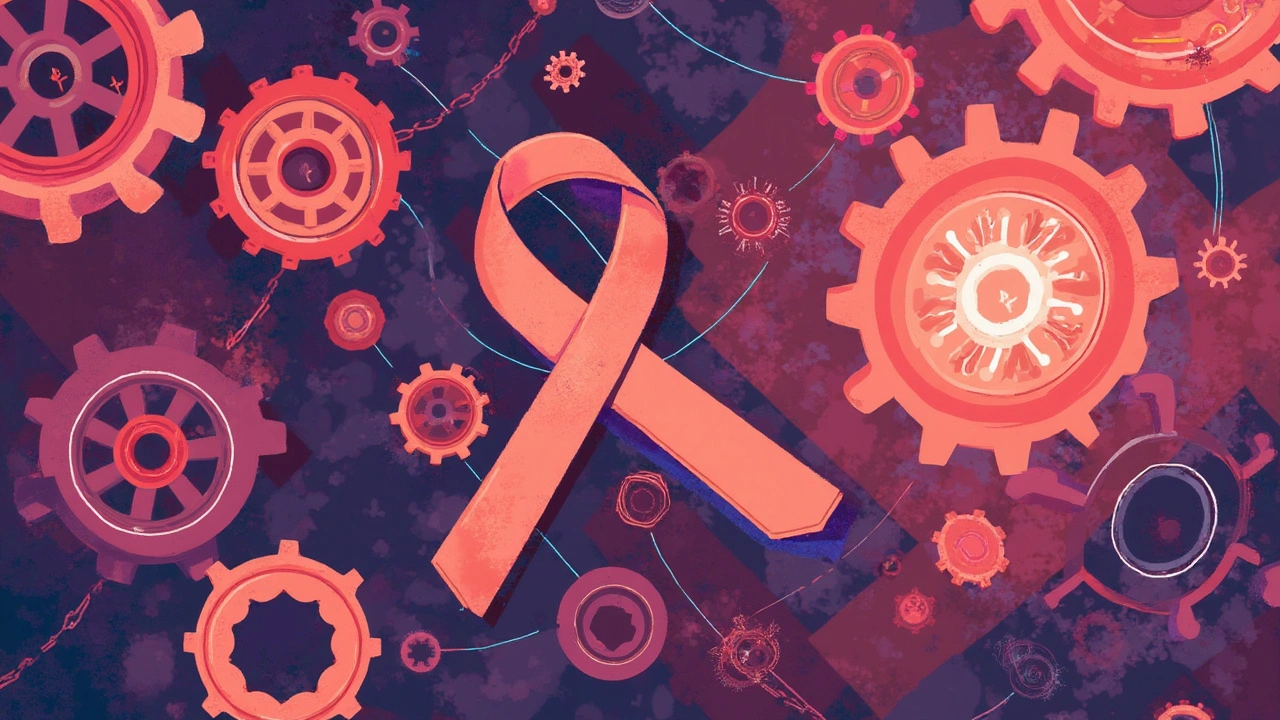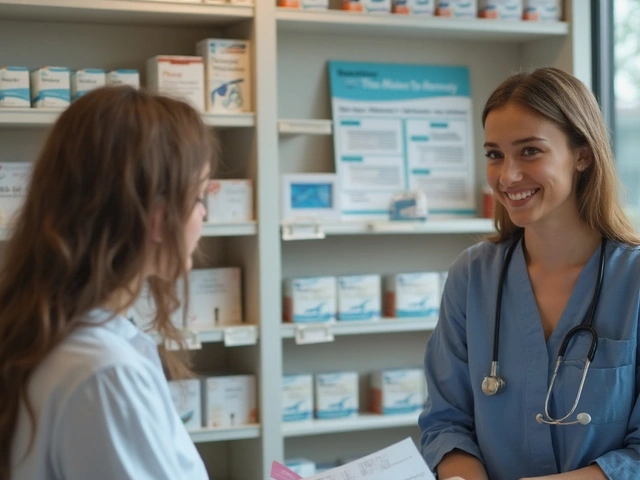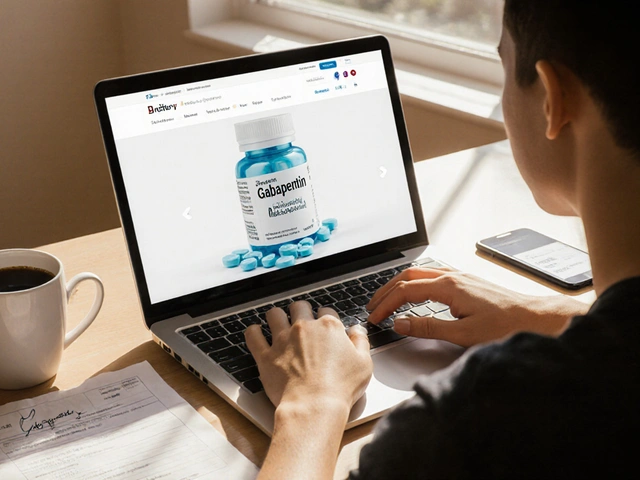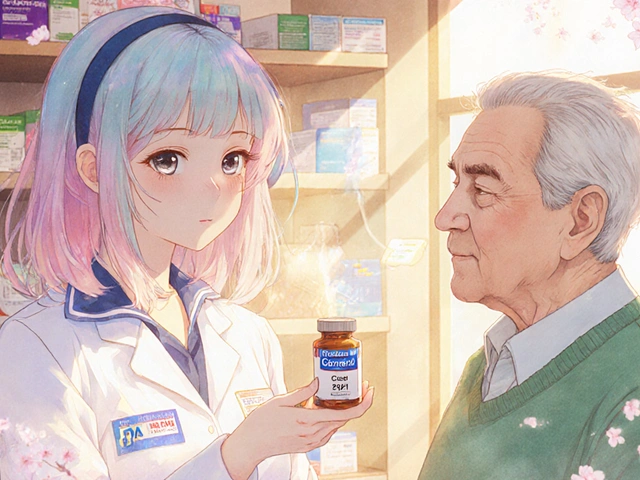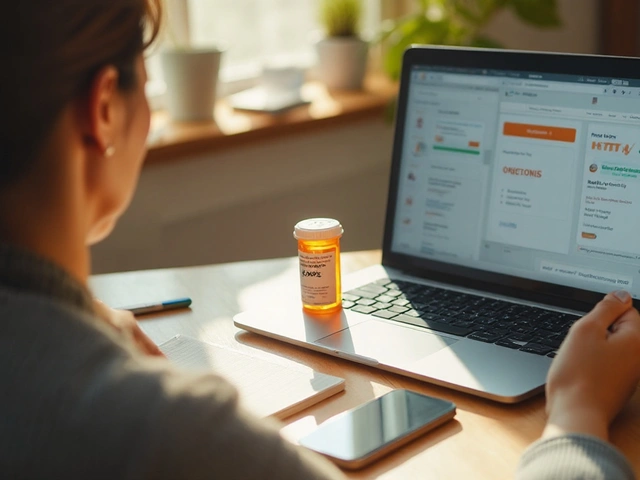Understanding Risks: What They Mean for Your Health and Safety
When you hear the word “risk,” it can feel scary—like there’s a hidden danger waiting around every corner. But most risks are predictable, and with the right info you can keep them from turning into problems. On this page we gather quick, down‑to‑earth advice on the biggest health and safety risks you’re likely to face, from medication side effects to everyday hazards.
Spotting Medication Risks Before You Fill a Prescription
Every pill comes with a list of possible side effects, but the real trick is figuring out which ones are worth worrying about. Look for three red flags: a history of allergies to similar drugs, interactions with meds you already take, and warnings about age‑specific effects (kids and seniors are especially vulnerable). If you see any of these, ask your pharmacist or doctor for an alternative. For example, the post about Aceon (Perindopril) explains how to spot common ACE‑inhibitor side effects and when to call your doctor.
Online pharmacies are convenient, but they add another layer of risk. Make sure the site is verified, requires a prescription, and shows clear contact info. Our guides on buying generic meds like Effexor, Mobic, and Prozac walk you through safety checks so you don’t end up with counterfeit pills.
Everyday Health Risks and How to Dodge Them
Even simple things like diaper changes or hearing health can turn risky if you ignore the signs. A hot, humid day can melt the protective barrier on a baby’s skin, leading to diaper rash fast. Our article on diaper rash gives a step‑by‑step plan to soothe the skin, use barrier creams, and know when a doctor’s visit is needed.
Hearing loss isn’t just about ear pain—it’s linked to memory decline and dementia. Early testing and wearing hearing aids when needed can cut that risk dramatically. The piece on "Hearing Loss and Cognitive Decline" breaks down the science in plain language and offers practical steps you can start today.
Beyond the body, your environment can pose hidden threats. Slip‑and‑fall hazards, poor indoor air quality, and even everyday chemicals can cause long‑term health issues. Keep a simple checklist: clear walkways, use fans or dehumidifiers in damp rooms, and store chemicals out of reach. Small actions add up to big protection.
Remember, risk isn’t a curse; it’s a cue to act. By staying curious, asking the right questions, and using trusted resources like NHYIP, you turn uncertainty into confidence. Browse the articles below for deeper dives, and keep this page as your quick‑reference hub whenever you need a safety boost.
Exploring how AIDS relates to other sexually transmitted infections is key to understanding potential health risks. This article uncovers links between AIDS and STIs, providing crucial insights into the interactions. Learning about these connections can guide safer choices and preventive measures. The synergy between HIV and STIs poses unique challenges that require attention. Get equipped with the essential facts and find practical tips for protection.
Continue reading
